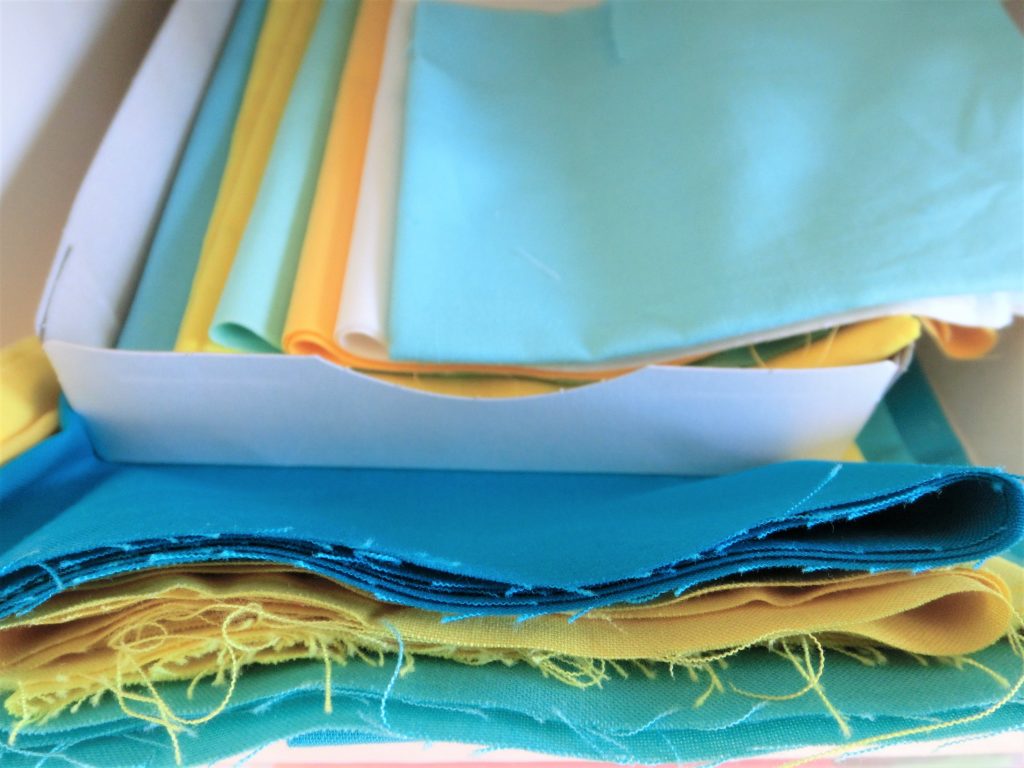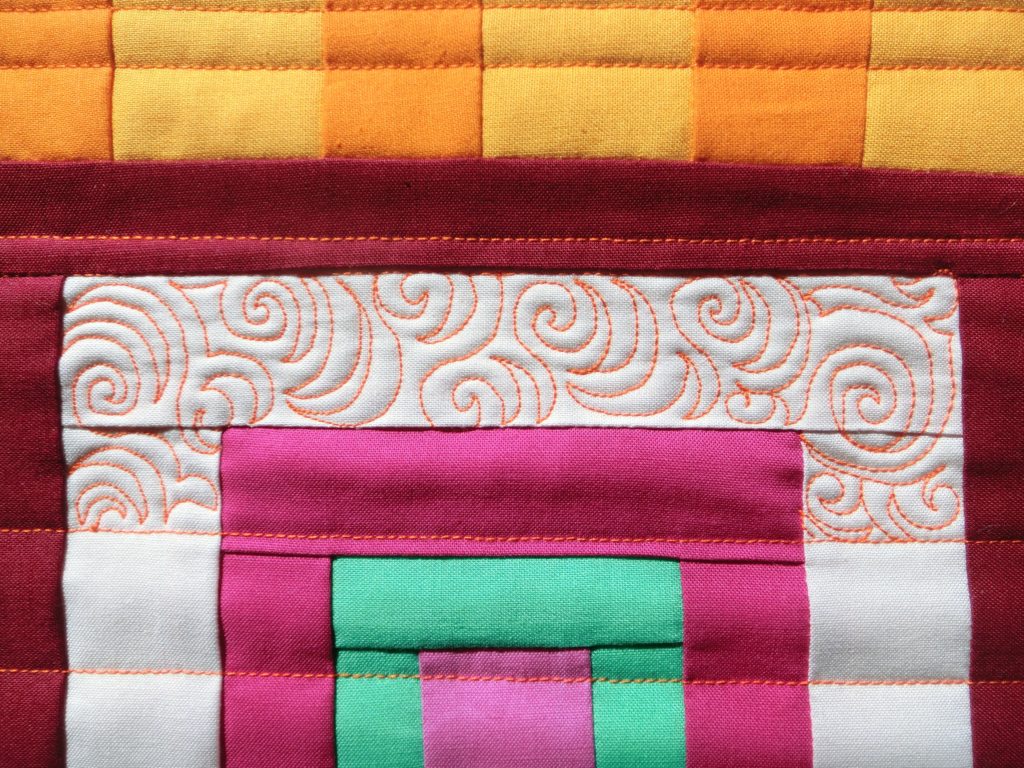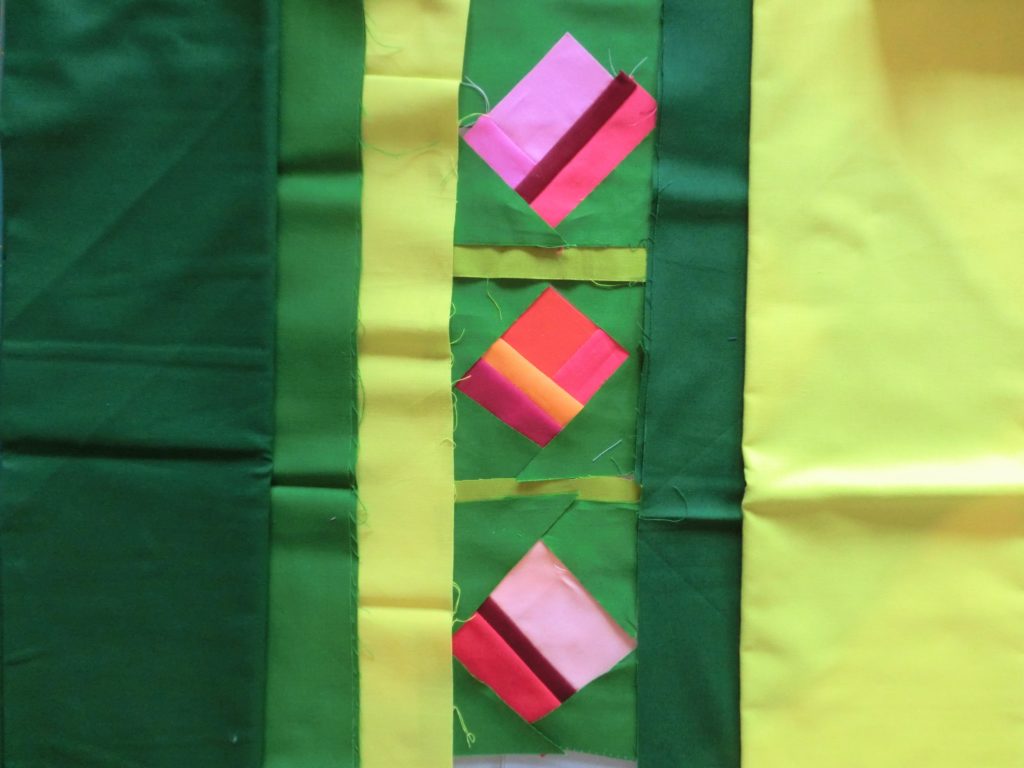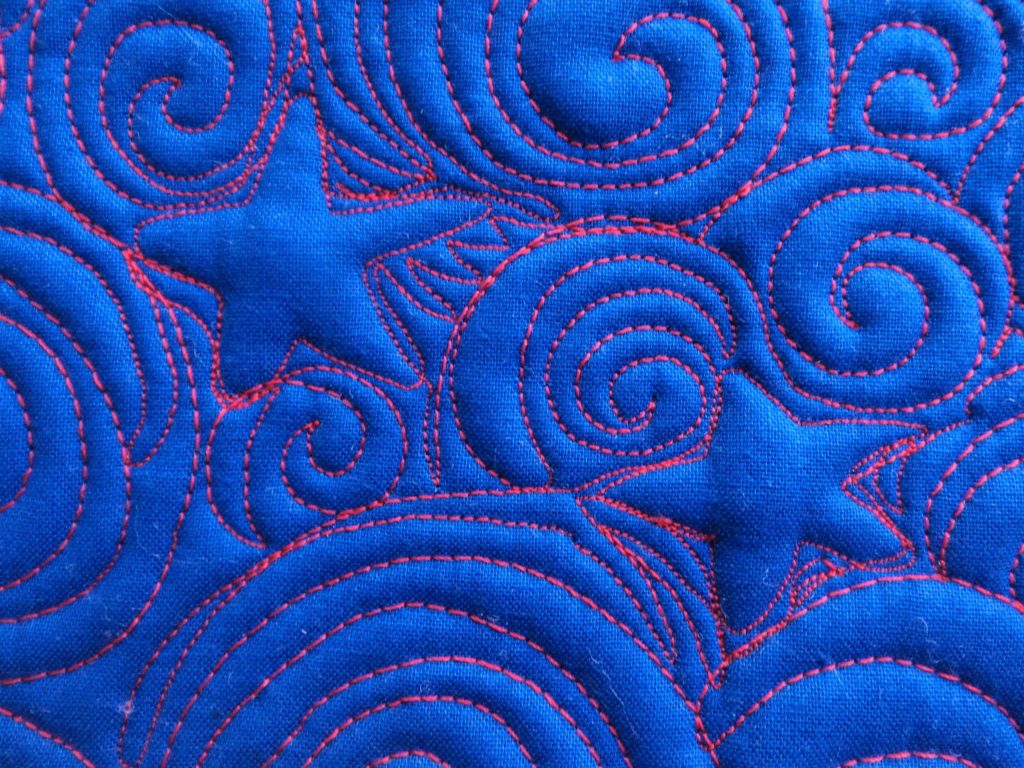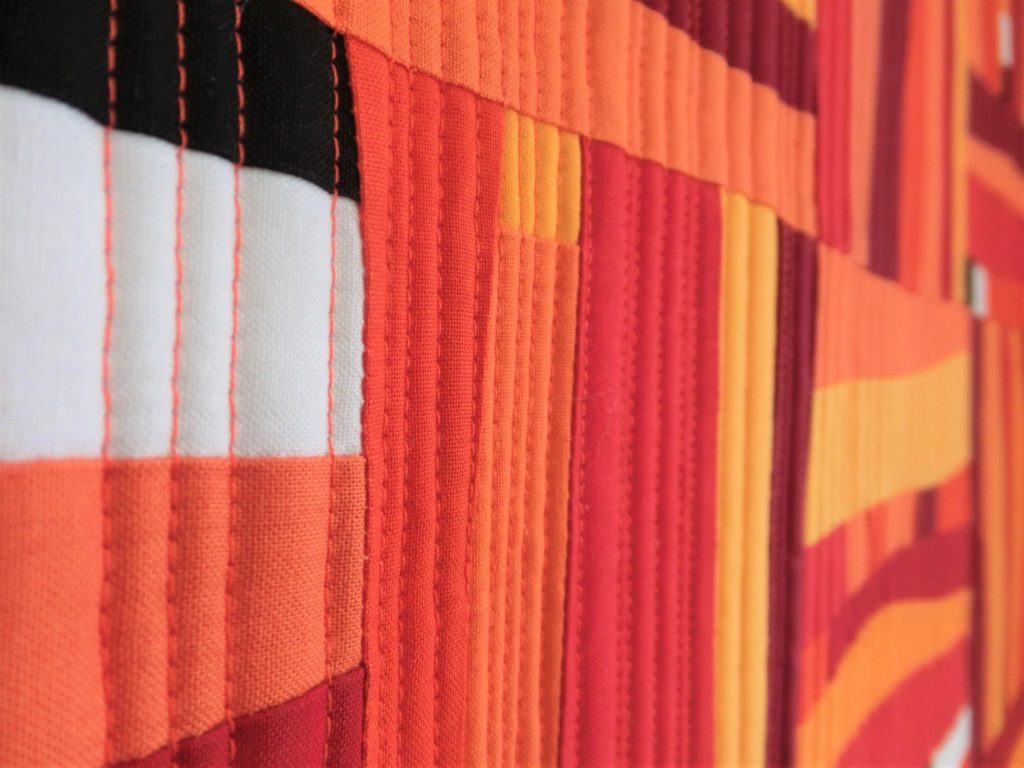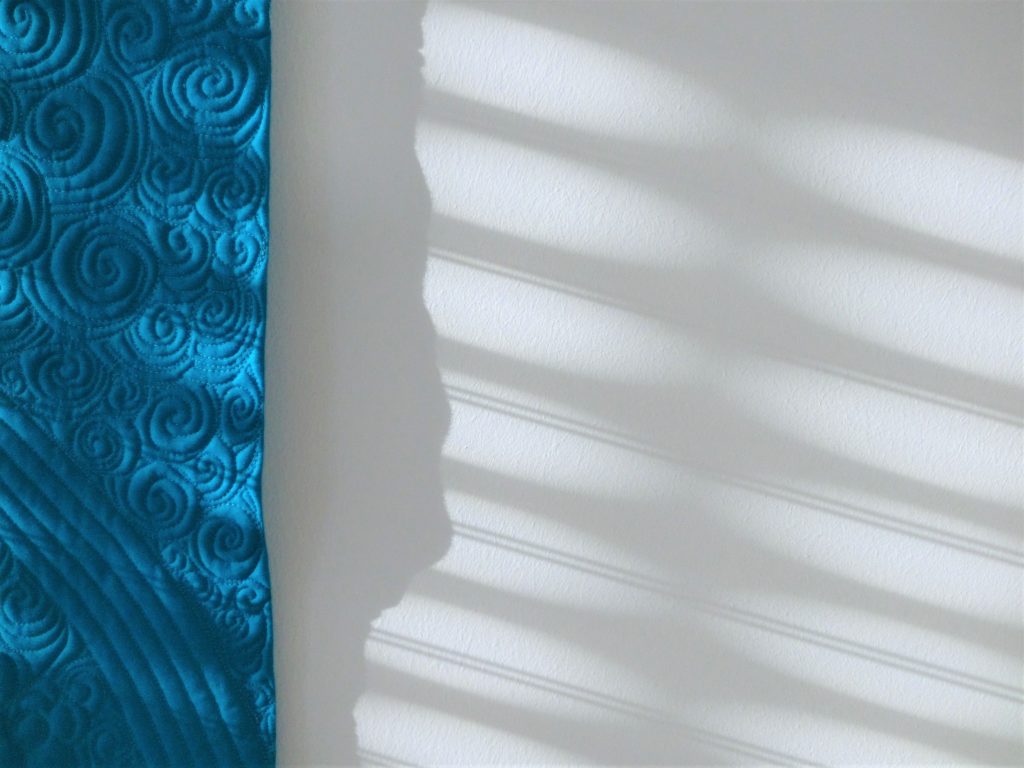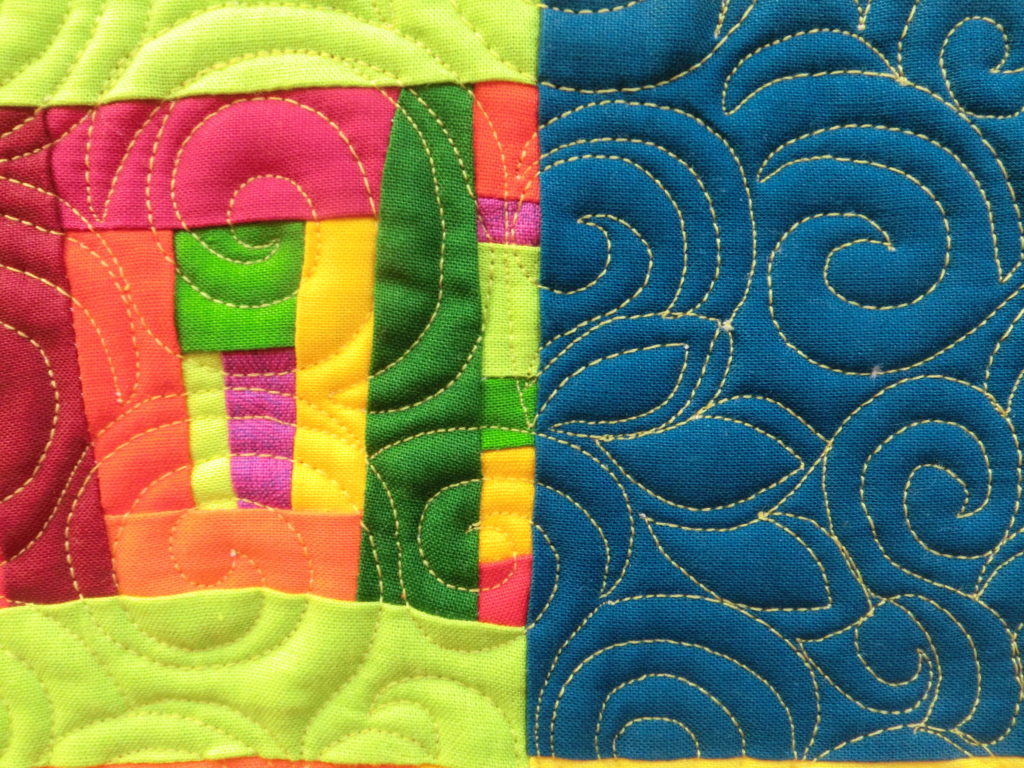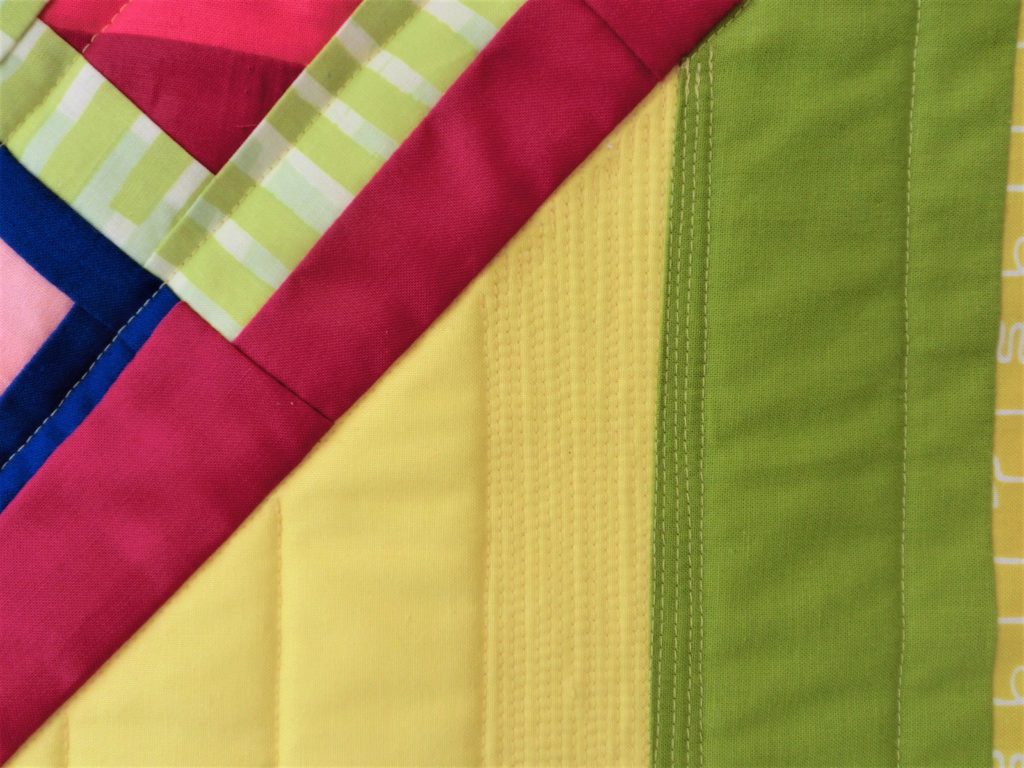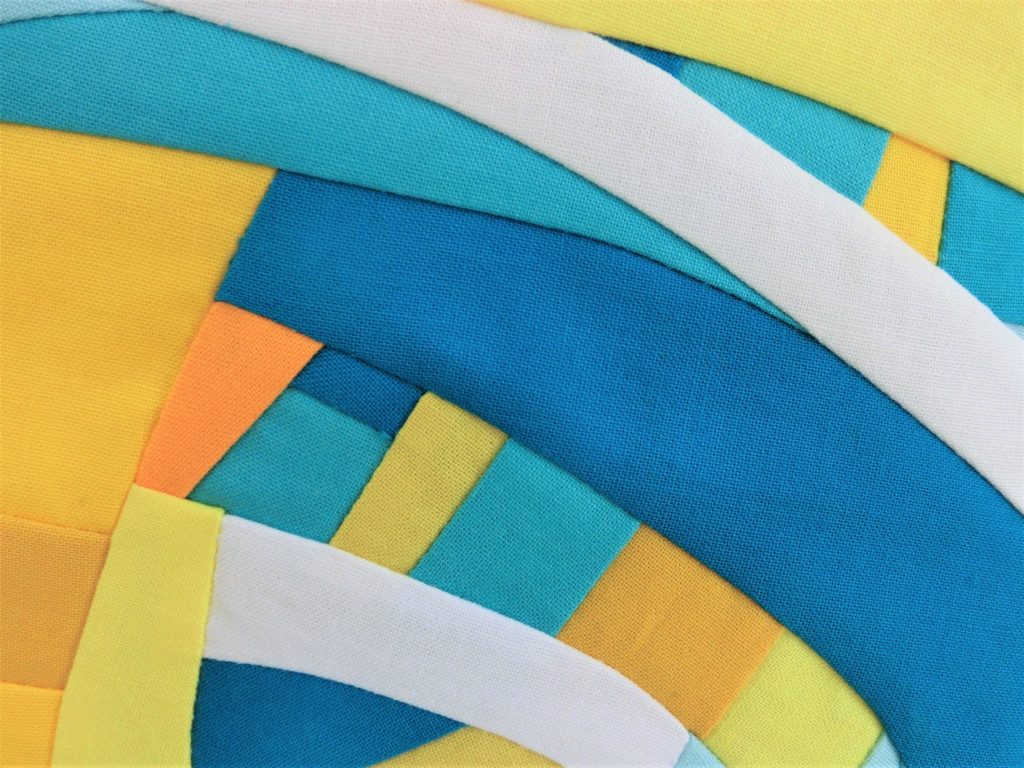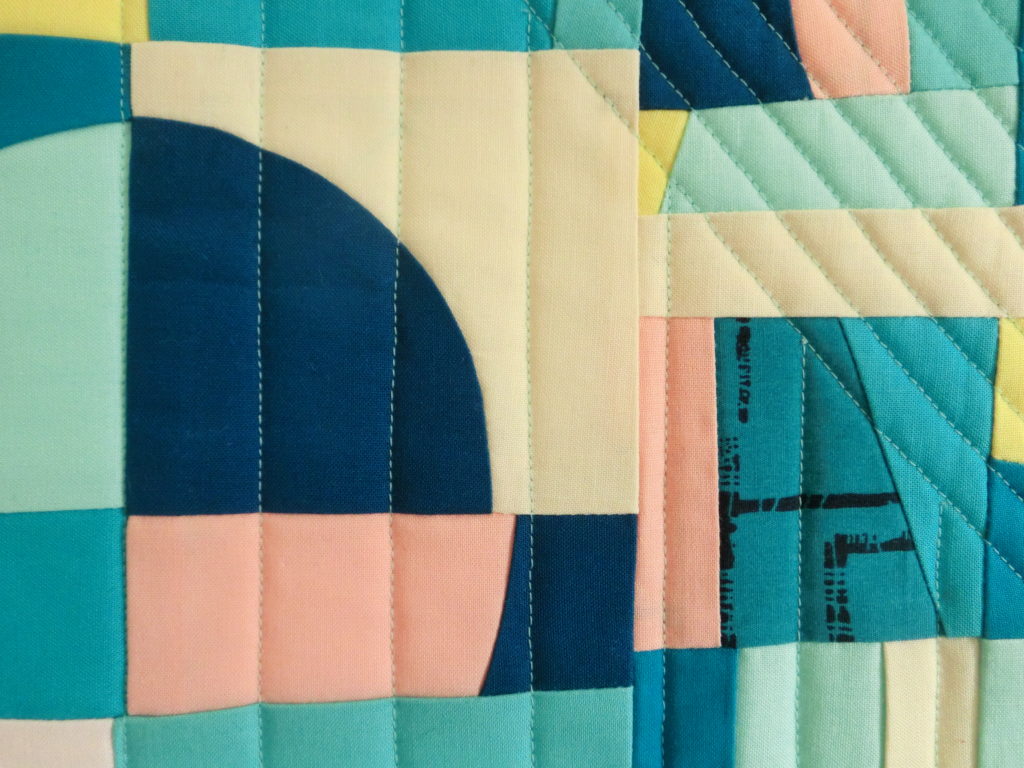PASSION FOR IMPROV
Hello, welcome to the Quilt Improv virtual studio, a workroom to practice improv quilting and share exercises.
We are Giovanna Nicolai and Paola Machetta, initiators of this site, where we collect and combine our improvisations made with color, fabric, thread, piecing and all the usual Modern Patchwork tools.
We aim this to become a space open to discussion and collaboration with other improv contributors.
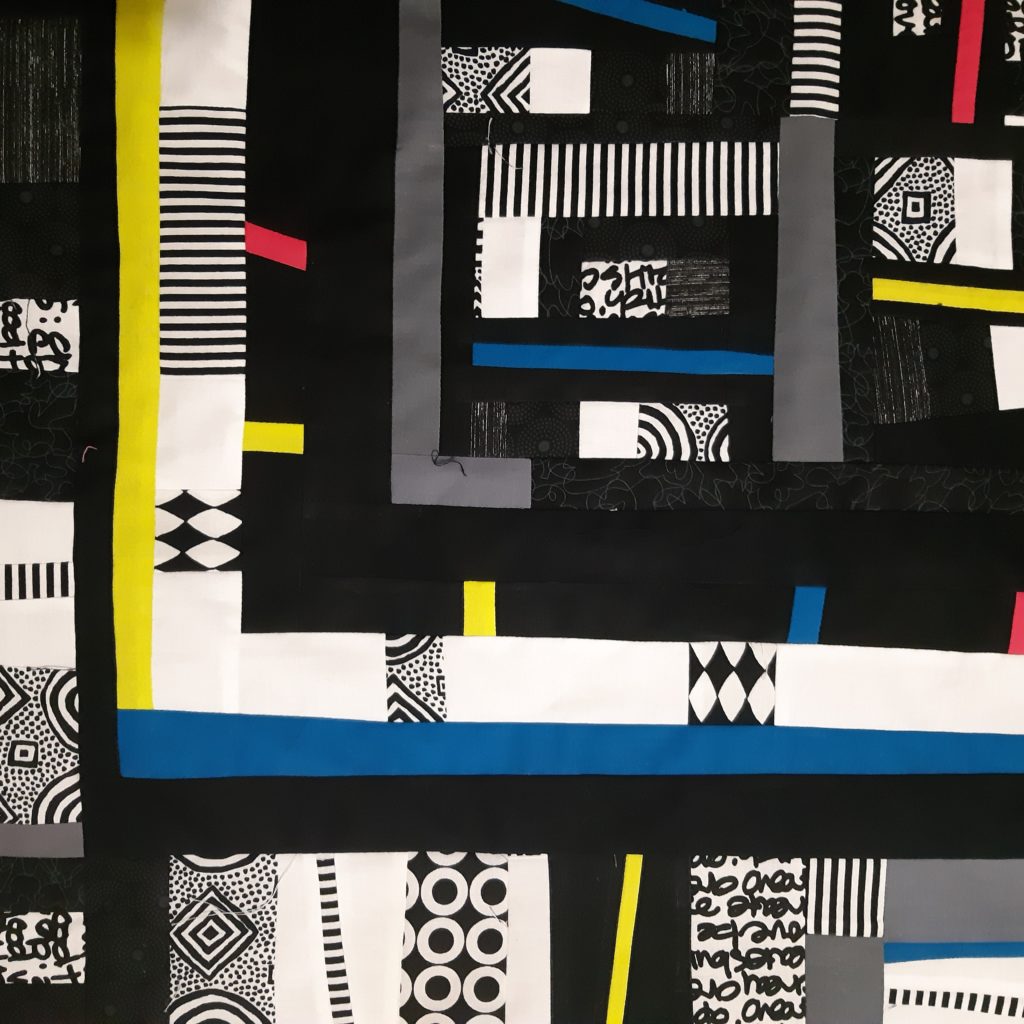
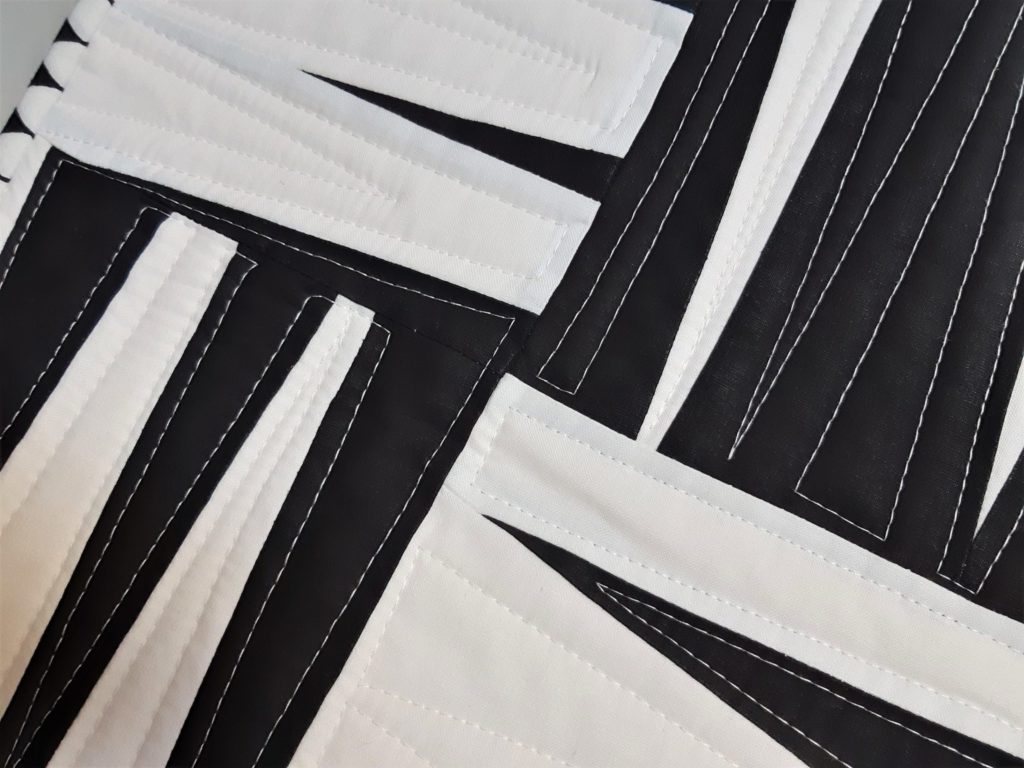
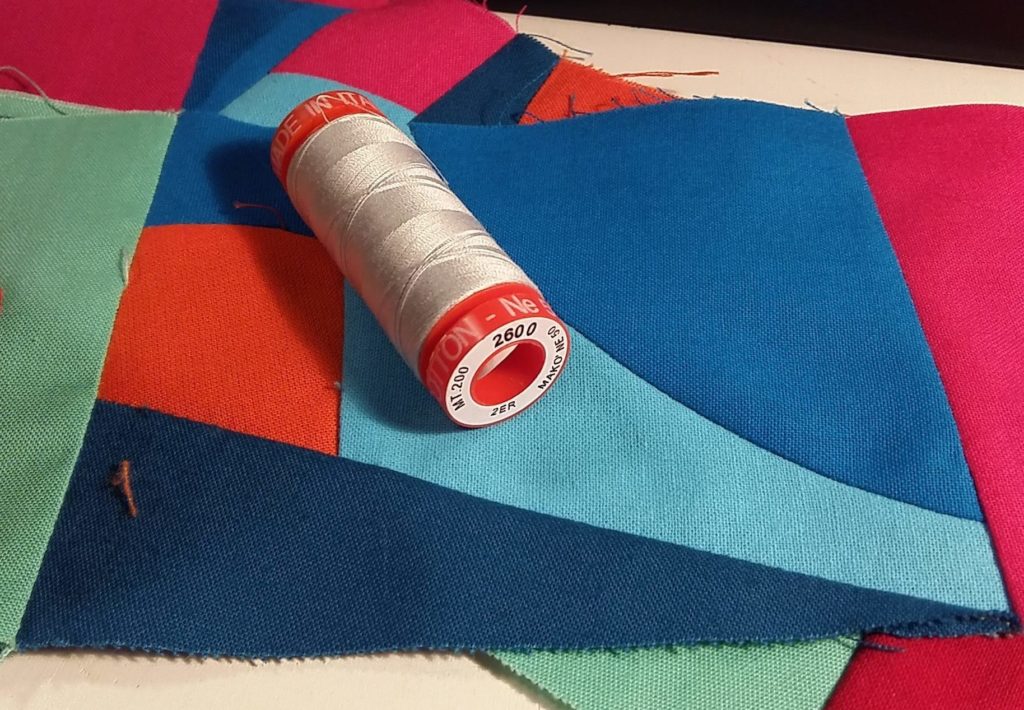
WHAT’S IMPROV Modern patchwork?
a brief introduction by Giovanna
Improv quilting is mainly a process that consists of a series of personal decisions made during the various stages of implementation.
Basic tools are our fabrics, a rotary cutter (or scissor), the cutting mat and a design wall. We have the same tools, but each one decides how to use them. This leads to a heterogeneity of results and makes it a unique way to express our creativity, to express ourselves.
To better explain what improv “is”, I can say what “it is not”.
First, there is no pattern or instruction to read, we create the design usually while working, we can proceed with intention, without intention or in both ways; we can decide to define a color palette before starting our work, or change it while sewing, or use our colors randomly; rulers are not strictly necessary, we can cut freehand or with our rotary cutter, we don’t need perfect measurements or calculations. We are free to proceed as we like, as we prefer.
There are no universal rules, everyone decides by his own. There are therefore different ways of making improv and everybody has the opportunity to find and create his own style.
I believe it is an endless learning path, evolving over time as we change.
the feeling of improvisation
According to Paola, sewing modern quilts by using the approach of improv, feels like exploring landscape on bike trails, a sport she experienced in her regional territory without a fixed destination. It is an occasion to see emerging patterns. As soon as an interesting place is found, the pedal is pushed towards further findings.
Some reference points, naturally, have to be fixed since the beginning: they are useful constraints that help keeping consistency in the overall work. Some examples: a fixed palette; a defined shape to be repeated on the quilt top (diamonds, log cabin, curves…). Each quilt becomes an opportunity to choose new constraints, and to test available degrees of freedom. As a work mate engineer said: “To design, you always have to choose constraints”.
Abstract signs repeated on the surface of a quilt become like characters used while writing, a new graphic code to express one self. This is well described by an authoritative Italian designer, Riccardo Falcinelli, in his essay Critica portatile al visual design: “In practice, it’s impossible to distinguish a pure picture from a pure text. Maths adopts characters that seem sketches (such as the square root) while in reality they are symbols. The man shape on the door of toilets is a drawing or a symbol? Or better: it resembles a man, or it <<means>> man? Thus: where is the boundary where a figure ends and a text starts?”
Improvising with patchwork offers unlimited possibilities: to invent new ways to “write”; to communicate with images.
